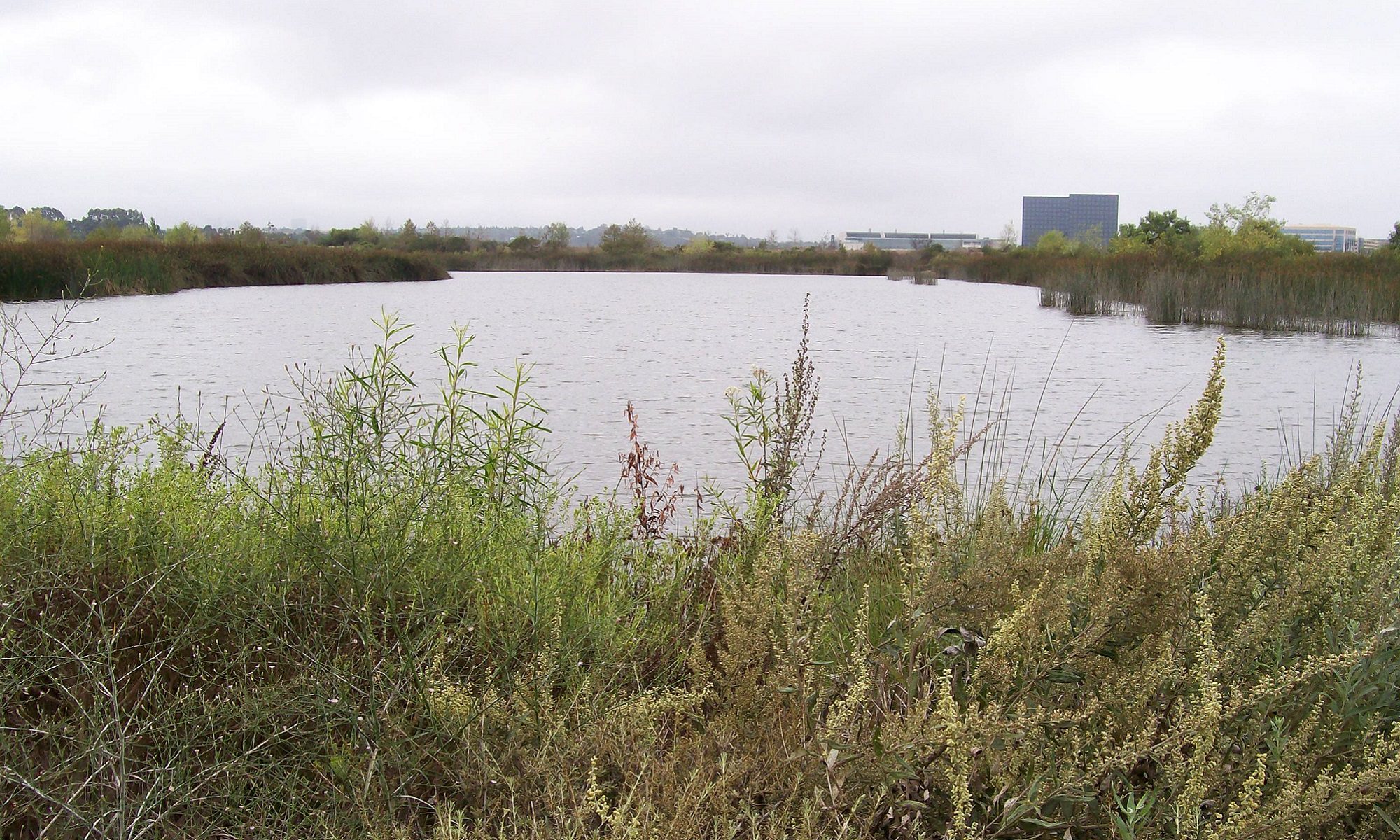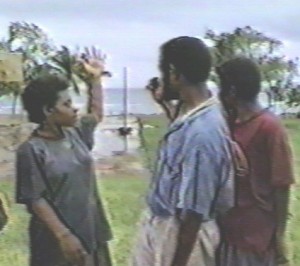On a blog about reports of living pterosaurs in the United States, why talk about strange flying creatures in Papua New Guinea? Recent cryptozoological investigations in the United States came from successful expeditions in the southwest Pacific. Without those years of work in distant tropical islands, revealing the credibility of eyewitnesses there, who would have taken seriously the possibility of pterosaurs flying overhead in the United States? Even for me (I am probably the most active researcher and writer on this subject), the idea of a living pterosaur flying over Los Angeles County at night, in recent years, was difficult to accept, before my expedition on Umboi Island in 2004.
We learned from the natives of Opai, Gomlongon, and other villages, many details about the ropen. Who are we? My associate living-pterosaur investigator David Woetzel is one of the American cryptozoologists who explored Umboi Island. Late in 2004 (soon after my own expedition there) he and Garth Guessman interviewed many islanders in central Umboi. Many of the natives have seen the flying light; but a few have seen it up close, revealing the nocturnal creature to be large and long-tailed.
What makes the ropen a pterosaur? The absence of feathers and presence of a long tail, on this large winged creature, strongly suggests “Rhamphorhynchoid pterosaur.” The description of the tail movement and “diamond” at the end of the tail—those speak more loudly for that surprising conclusion. But the clear credibility of the eyewitnesses made a huge impression on me as it did on the American explorers who went before me and who followed me, interviewing eyewitnesses in Papua New Guinea.
Gideon Koro was not alone, when I interviewed him in his village, in 2004, only a few kilometers south of Lake Pung (at that crater lake, about ten years earlier, he had been terrorized by a giant ropen that flew, in daylight, over the surface of the water, revealing a tail about seven meters long and a mouth “like a crocodile”). Two of Gideon’s friends I also interviewed in that village, and they confirmed what Gideon told me. Mesa and Wesley were with Gideon when the giant featherless creature flew over that lake; Mesa was still nervous talking about the experience.
What ties a strange flying light on Umboi Island to a giant featherless flying creature on Umboi Island? Ask Jonah Jim and Jonathan Ragu. Those two natives each observed, at different locations on Umboi, a very large flying creature . . . glowing. It’s not just a native tradition.
Why believe natives who say they have seen giant long-tailed flying creatures that have no feathers? Ask the Australian Brian Hennessy and the American Duane Hodgkinson. Those two Westerners observed giant featherless flying creatures in New Guinea (now the nation of Papua New Guinea) . . . creatures with long tails.
Much has been written since those expeditions in Papua New Guinea, in the last few years of the twentieth century and the first few years of the twenty-first. Those giant nocturnal flyers that glow brightly—they have few if any borders or boundaries to prevent them from establishing themselves in other parts of the world. How could giant nocturnal pterosaurs live for thousands of years in the southwest Pacific, yet remain absent from other parts of the world? And what wonderful opportunities in North America!
Yet even today few Americans are prepared for the living-pterosaur interpretation of Marfa Lights in southwest Texas. Glowing pterodactyls? Here in America? What next? Non-flying mammals (without wings) that built machines (with non-moving wings) in which those mammals fly around the world? I think it far easier for humans to believe in modern bioluminescent pterosaurs flying over the hills near Marfa, Texas, than for those pterosaurs to believe in non-winged humans flying around the world. Try explaining airplanes to a pterodactyl.



